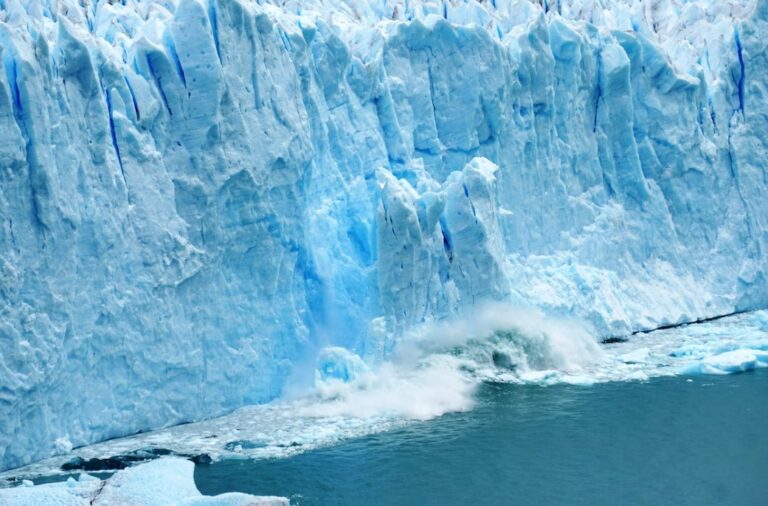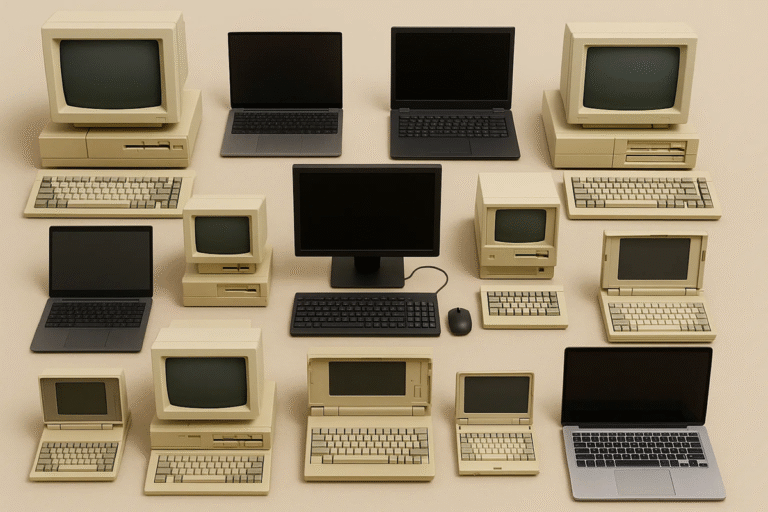Half of the planet’s glaciers will melt by 2100, even if we stick to the targets set in climate agreements. This is according to scientific research published in the journal Science, which finds that the extent and impacts of melting ice are greater than previously thought. At least half of this loss will occur in the next 30 years.
Table of Contents
Almost half of the glaciers are in danger
Researchers have found that 49% of glaciers would disappear, even if we maintain the most optimistic global average temperature increase scenario of 1.5°C. However, if global warming continued at the current rate of about 2.7°C, the losses would be more significant, with 68% of glaciers disappearing, according to the study.
If this happened, there would be almost no glaciers left in central Europe, western Canada and the USA by the end of the next century.
About 10% of the world’s land surface is currently covered by glaciers. Which store 70% of the Earth’s fresh water. With global warming and rising temperatures, these huge bodies of ice are retreating at an unprecedented rate.
Between 1994 and 2017, glaciers around the world lost almost 30 trillion tonnes of ice and are now melting at a rate equivalent to 1.2 trillion tonnes per year. Among the glaciers that are disappearing the fastest are those in the Alps, Iceland and Alaska.
Between 2000 and 2019, glacier meltwater and ice sheet loss alone accounted for 21% of global sea level rise.
Sea rise as the main consequence
The study, which examined all glacial land ice with the exception of the Greenland and Antarctic ice sheets, predicts that this melting will contribute significantly to sea level rise, threatening the water supply of 2 billion people and increasing the risk of natural hazards such as flooding.
If the increase in average temperature were limited to 1.5°C, the average sea level would rise by 90 mm in 2100 compared to the 2015 level. But with 2.7°C of warming, melting glaciers would increase sea level rise to about 115 mm. These scenarios are up to 23% higher than estimated by previous models.
Read also: Rising sea level, these are the cities that risk to disappear in a few decades
A method for analysing glacier melting
The melting of mountain glaciers contributes to more than one third of sea level rise. Much of this loss is unavoidable. But the magnitude of the loss is directly related to the rise in temperature. So acting on the climate crisis is crucial.
According to the research team of the study published in ‘Science’, the rapidly increasing glacier mass losses as the global temperature rises above 1.5°C underline the urgency of establishing more ambitious climate commitments to preserve glaciers in these mountainous regions.
Scientists have analysed two decades of satellite data to map the planet’s glaciers with unprecedented accuracy. Previous models were based on measurements of specific glaciers and this information was then extrapolated. But now the researchers were able to obtain data on each of the planet’s 200,000 glaciers.
For the first time, therefore, this gave them an idea of how many glaciers would be lost under different climate change scenarios.
Small glaciers most prone to melting
According to the study’s lead author, David Rounce, a civil and environmental engineer at Carnegie Mellon University and the University of Alaska Fairbanks, this is the first time the number of glaciers that will be lost has been isolated.
Most of the glaciers that will be lost are small, measuring less than 1 square kilometre. Although they contribute less to the overall volume, they are more vulnerable to change. This is why the total mass loss is smaller. So, for example, 68% of glaciers will be lost in scenario 2.7C.
Small glaciers are an important source of water and livelihood for millions of people. Lower mountain ranges such as the Alps and the Pyrenees are among those most affected.
In the Alps, for example, glaciers are expected to be 70% smaller on average by 2050. Many of the smallest glaciers would have already disappeared, with snow-capped peaks replaced by bare rock in some places and with significant biodiversity losses as a consequence.
Alpine flowers could become extinct after the glaciers disappear, as more competitive species will colonise the terrain higher up the mountain. Proglacial environments are indeed highly sensitive to global warming.
This is not the first research to predict sea level rise due to glacial melting. But the projections are more accurate than previous models. It follows research from 2021, which found that the rate of glacial melting has doubled over the past two decades. Thus contributing more to sea-level rise than the Greenland and Antarctic ice sheets.
Read also: Antarctica, alarming new record as ice is at 45-year low: a brief anomaly or a long-term transition?












